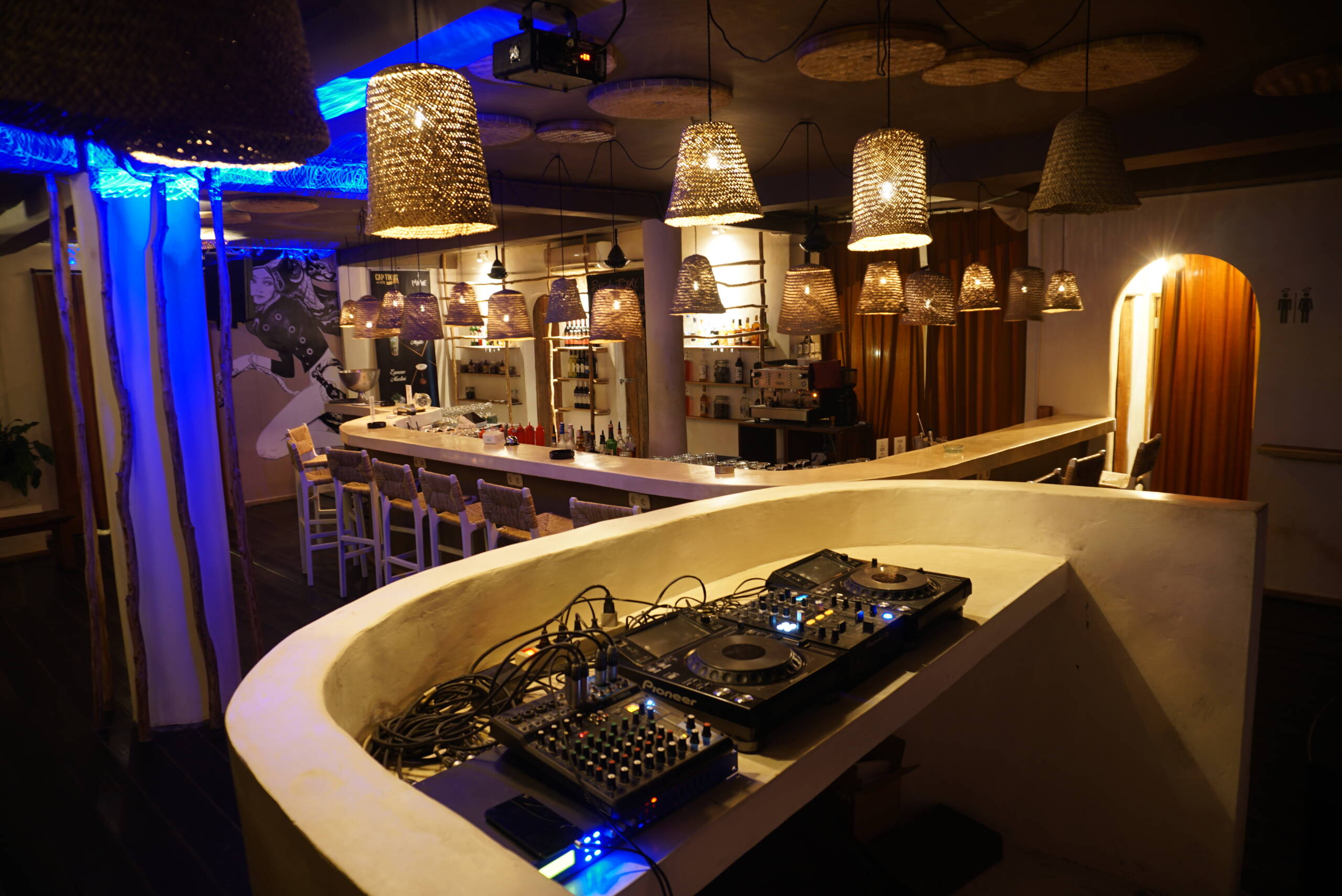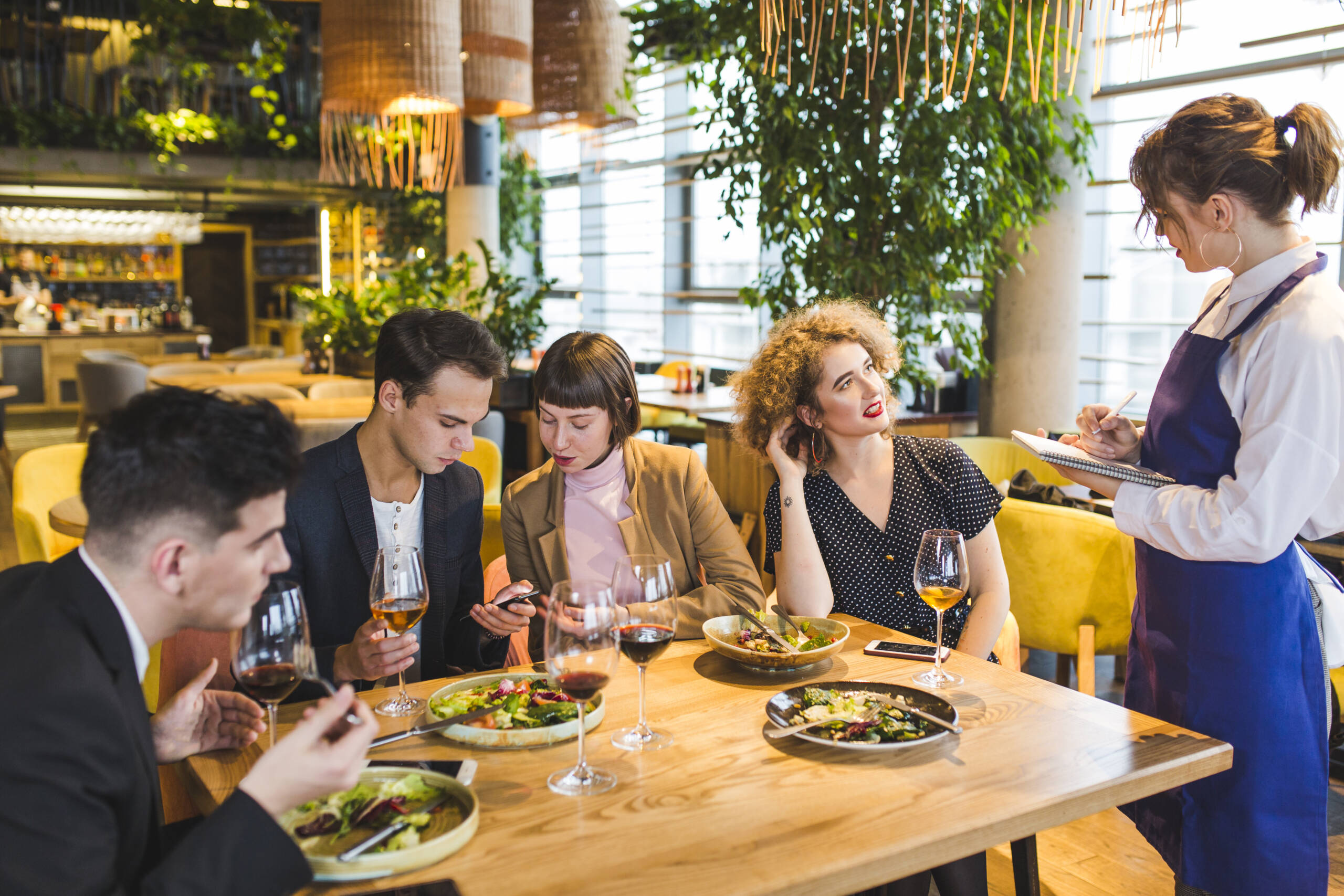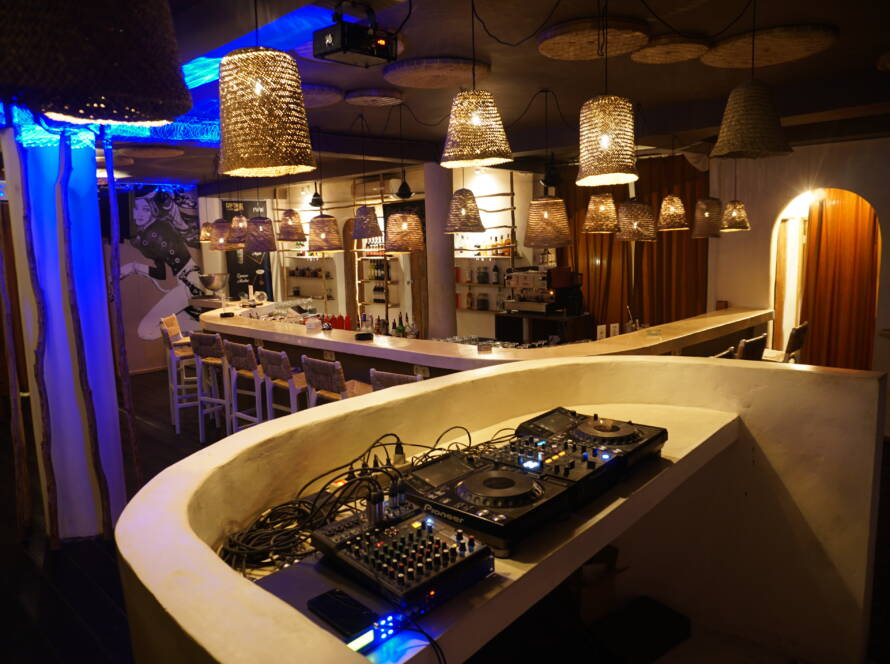In 2025, the restaurant industry is witnessing one of the most dynamic shifts in decades. From AI-powered ordering kiosks to robotic kitchen assistants, restaurants are embracing innovation like never before. But there’s one unsung hero in the restaurant tech landscape that’s quietly transforming the entire customer journey—smart audio. In a world where dining is no longer just about food but about experience, smart audio is stepping up as a key player. It’s not just about playing background music anymore—it’s about using technology to control sound, create emotional connections, and define your brand identity.
In this blog, we’ll explore why smart audio is becoming the centerpiece of restaurant tech in 2025, how it’s being implemented, and what you can do to stay ahead of the curve.
What is Smart Audio in Restaurant Tech?
Smart audio refers to the integration of intelligent sound systems into restaurant operations. This includes:
-
AI-curated playlists
-
Dynamic sound zoning
-
Automated ambiance control
-
Voice-enabled controls for staff
-
Integration with lighting, menus, and foot traffic systems
In the broader context of restaurant tech, smart audio blends creativity and functionality. It enhances mood, brand presence, staff productivity, and even the pace at which diners eat.
Why Smart Audio is the Future of Restaurant Tech
1. Experience-Driven Dining is the New Norm
Today’s guests don’t just eat—they experience. The rise of experience-first dining, especially among Gen Z and millennials, has forced restaurant owners to think beyond traditional hospitality. Music, lighting, and ambiance are now central to their perception of a meal.
Smart audio, as a segment of restaurant tech, tailors the soundscape based on:
-
Time of day
-
Customer demographics
-
Weather or season
-
Table occupancy
-
Real-time feedback
This makes dining immersive and deeply personal.
2. Creating a Stronger Brand Identity
In 2025, having a strong brand isn’t just about logos or interiors. Audio has become a branding tool. Think about it—do customers feel your brand when they hear your restaurant’s music?
With smart audio:
-
Restaurants can use signature tracks across locations
-
Playlist genres can reflect menu themes (e.g., jazz with French cuisine)
-
Audio branding becomes as recognizable as your logo
Brands like Starbucks and Chipotle already use consistent audio branding—and now smaller businesses are catching up thanks to affordable restaurant tech like Sync2Dine.
3. Optimized Staff Performance & Mood
Smart audio isn’t just for customers—it’s for your team too. Studies show that background music can:
-
Improve employee mood
-
Reduce kitchen stress
-
Increase task accuracy and speed
With smart audio systems:
-
Kitchens can have separate, more energetic playlists
-
Staff can voice-control audio adjustments
-
Volume can adapt to shift changes and noise levels
This productivity benefit is one of the least talked about restaurant tech trends but has one of the highest returns on investment.
4. Real-Time Automation That Thinks for You
One of the best parts of integrating smart audio into your restaurant tech stack is automation. With AI-driven tools, restaurants can:
-
Schedule playlists based on time and crowd volume
-
Trigger songs based on weather (e.g., cozy jazz on rainy days)
-
Connect audio to POS systems (e.g., birthday song when cake is ordered)
This seamless automation enhances the guest experience without increasing staff workload.
5. Multi-Zone Customization for Large Spaces
Modern restaurants are no longer one-size-fits-all. You might have:
-
A lounge area
-
Main dining space
-
Outdoor patio
-
Private booths
Smart audio allows restaurants to create zoned soundscapes, so guests experience the right vibe in each space. This level of customization helps balance energy, noise, and relaxation—all critical in 2025’s competitive F&B world.
Smart Audio Meets Data: The Power of Insights
Advanced restaurant tech platforms are now integrating smart audio with real-time analytics. You can:
-
Track how certain music affects table turnover
-
Measure guest satisfaction based on playlist types
-
Optimize playlists to boost dwell time during slow hours
This data can be used to fine-tune your audio strategy and directly influence sales, peak hours, and loyalty.
The Psychology Behind Smart Audio
Sound affects how we think, feel, and behave—especially when it comes to food. Research suggests:
-
Slow music increases the time spent at the table (good for fine dining)
-
Upbeat music increases drink consumption
-
Volume levels affect how people perceive taste
This makes smart audio a subtle but powerful tool in the restaurant tech toolkit. With AI-powered curation, you can now control this psychology with precision.
Examples of Smart Audio in Action (2025)
Here are real-world examples of how restaurants are leveraging smart audio in 2025:
Fast-Casual Chains
-
AI alters tempo based on foot traffic
-
Lunch hours = energetic playlists
-
Post-lunch = soft acoustic for relaxed seating
Fine-Dining Restaurants
-
Custom jazz and classical playlists for a luxurious feel
-
Synchronized with smart lighting and menus
Café-Co-Working Spaces
-
Sound adjusted based on seating occupancy
-
Productivity playlists during working hours
-
Lo-fi beats for weekend chill vibes
Multi-Location Franchises
-
Uniform audio identity across branches
-
Centrally controlled from one dashboard
-
Seasonal playlists updated automatically
How to Integrate Smart Audio into Your Restaurant Tech Strategy
Ready to upgrade your restaurant with smart audio? Here’s how to get started:
Step 1: Define Your Brand Identity
Is your restaurant playful or premium? Relaxed or energetic? Your sound should reflect that.
Step 2: Choose the Right Smart Audio Partner
Platforms like Sync2Dine offer:
-
Curated playlists
-
Licensing
-
Smart automation features
-
Analytics dashboards
Step 3: Set Audio Zones
Designate zones in your space for different sound profiles. Sync them with lighting and seating if possible.
Step 4: Train Your Staff
Ensure your staff knows how to manage or override settings when needed. Give them voice or mobile control access.
Step 5: Monitor & Optimize
Review analytics to see what works. Tweak playlists, adjust volume settings, and try A/B testing for peak hours.
What the Future Holds for Smart Audio & Restaurant Tech
Looking ahead, smart audio will evolve even further:
-
Voice personalization: greeting guests by name or music preference
-
AI chat integration: syncing with smart menus for ambiance pairing
-
Augmented Reality (AR) audio: immersive dining for themed experiences
As restaurant tech continues to evolve, smart audio will move from being a background feature to a core part of the customer journey.
Final Thoughts: The Sound of Success
In a competitive industry where every detail matters, smart audio offers an edge. It’s more than music—it’s a strategy. As a leader in restaurant tech, it blends automation, emotion, branding, and operational efficiency. So, if you haven’t invested in your restaurant’s audio strategy, 2025 is the year to press play.




